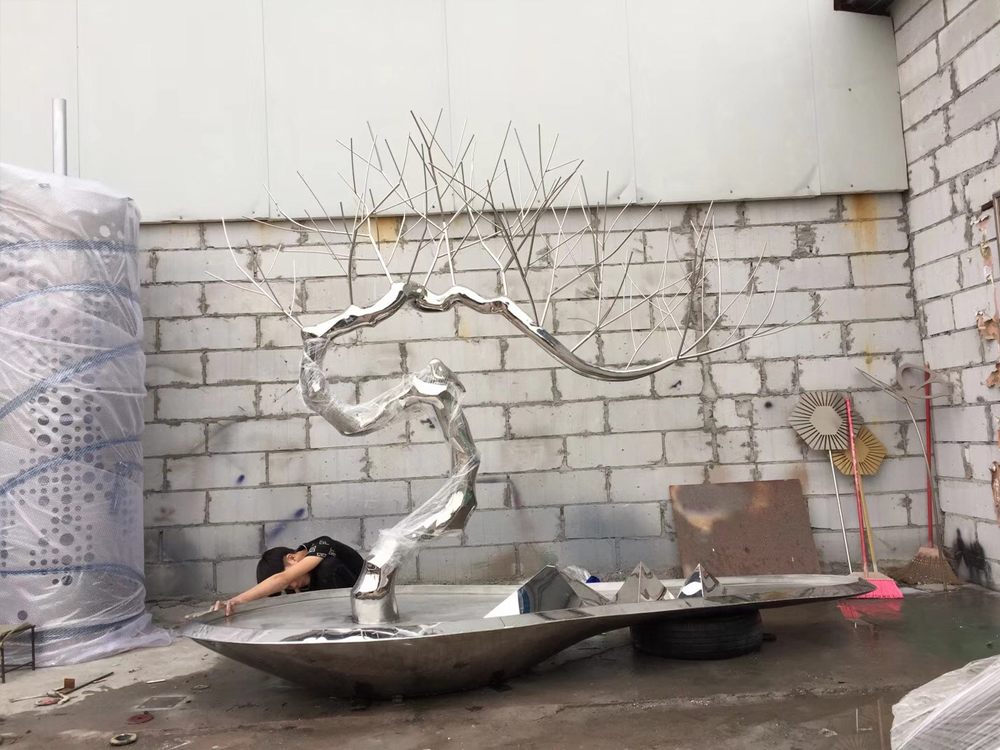
Wood carving and whittling are both traditional woodworking techniques, but they differ significantly in tools, scale, and artistic approach.
Wood carving is a broader discipline that involves using various tools like chisels, gouges, and mallets to create detailed sculptures or functional items. Carvers typically work on larger projects, removing substantial amounts of wood to achieve their designs. This technique allows for intricate detailing and is often used for furniture decoration, relief carvings, or standalone sculptures.
Whittling, by contrast, is a more accessible form of wood carving done primarily with a single knife. Whittlers usually work on smaller projects, creating simple figures or functional objects like spoons or toys. The process focuses on making controlled cuts to shape the wood rather than removing large portions. Whittling is often considered more portable and beginner-friendly.
Key differences include:
1. Tools: Carving uses multiple specialized tools; whittling requires just a knife
2. Scale: Carving projects are generally larger than whittling pieces
3. Complexity: Carving allows for more detailed work
4. Learning curve: Whittling is easier to start for beginners
5. Portability: Whittling can be done anywhere with just a knife
Both techniques offer creative satisfaction but serve different purposes. Carving suits those seeking detailed artistic expression, while whittling appeals to hobbyists wanting a relaxing, portable craft. The choice depends on your goals, available tools, and desired project complexity.

